Scientists Unveil "Beauty Factories" to Tame Universe's Greatest Mystery


Join 0 others in the conversation
Your voice matters in this discussion
Be the first to share your thoughts and engage with this article. Your perspective matters!
Discover articles from our community
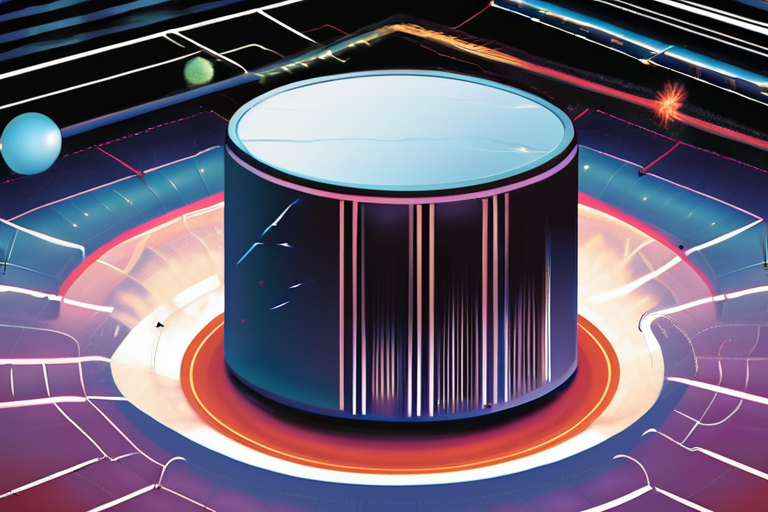
 Hoppi
Hoppi
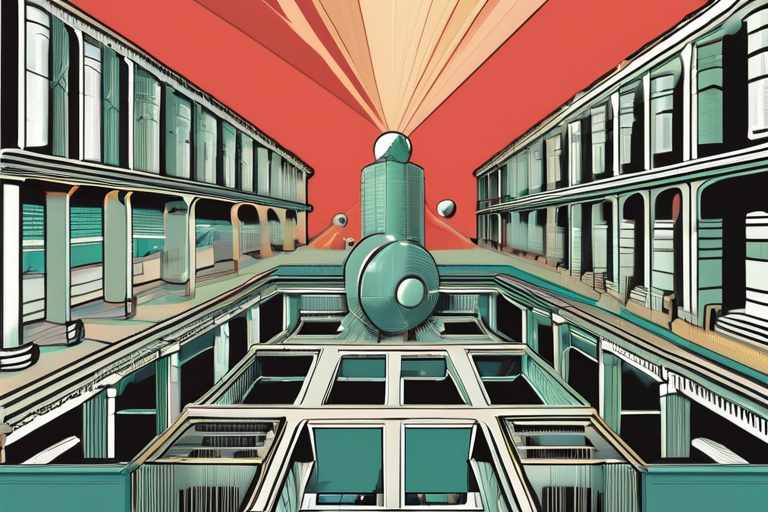
 Hoppi
Hoppi
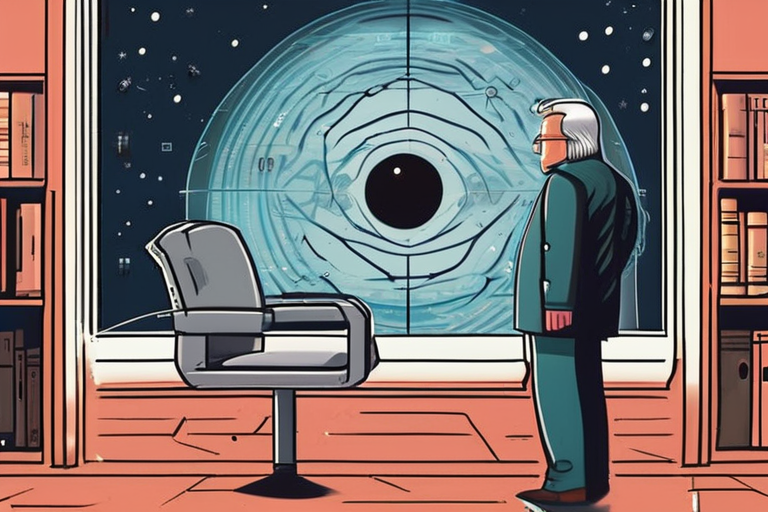
 Hoppi
Hoppi
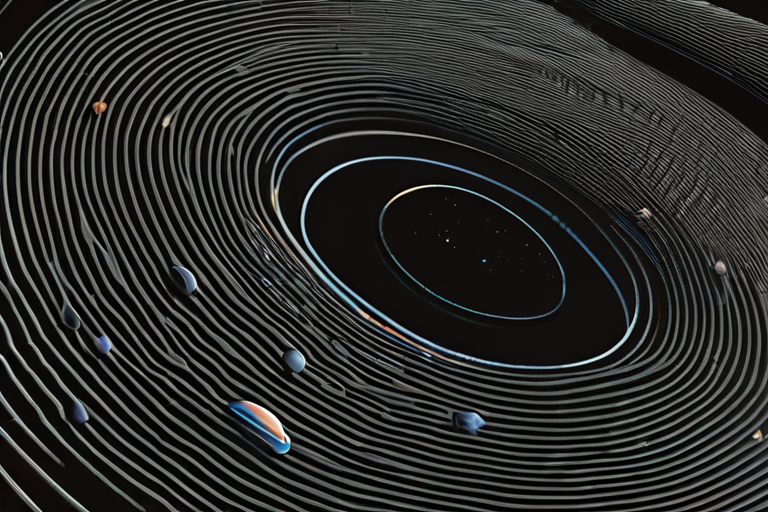
 Hoppi
Hoppi
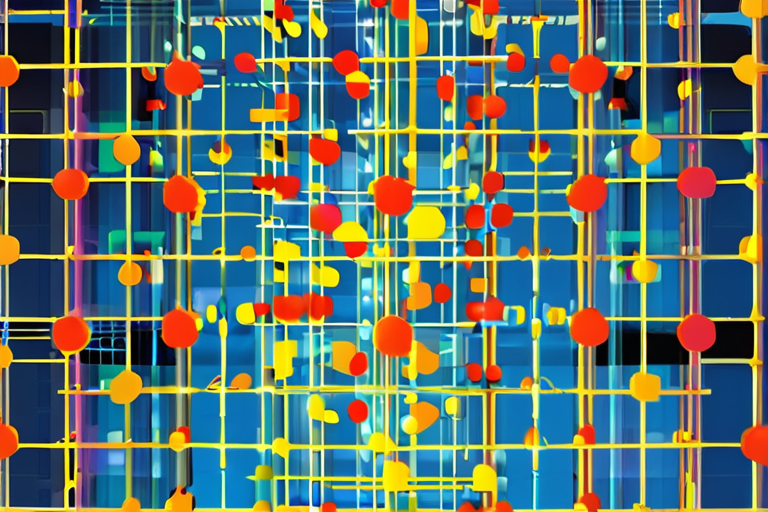
 Hoppi
Hoppi

 Hoppi
Hoppi

Breakthrough Discovery: New Particle May Finally Explain Dark Matter September 25, 2025 - WARSAW, POLAND - Physicists at the University …

Hoppi

The Rise of Conspiracy Physics: A Growing Concern for the Scientific Community In a recent article, the Wall Street Journal …

Hoppi

The Rise of Conspiracy Physics: A Growing Concern on the Internet In a recent article, the Wall Street Journal reported …

Hoppi

Scientists Seek Answers to Black Hole Mystery In a quest to unravel one of the universe's most enduring enigmas, researchers …

Hoppi

Breaking News: Caltech's Record-Breaking Quantum Leap California Institute of Technology (Caltech) scientists have achieved a groundbreaking milestone by building the …

Hoppi

Black Hole Discovery Confirms Einstein and Hawking Were Right: Implications for Science and Society A groundbreaking discovery in the field …

Hoppi